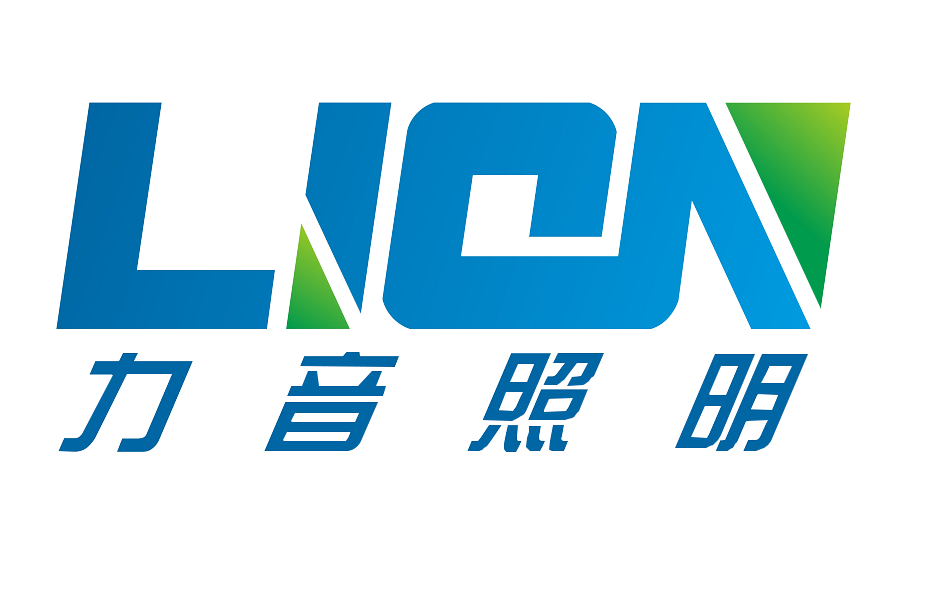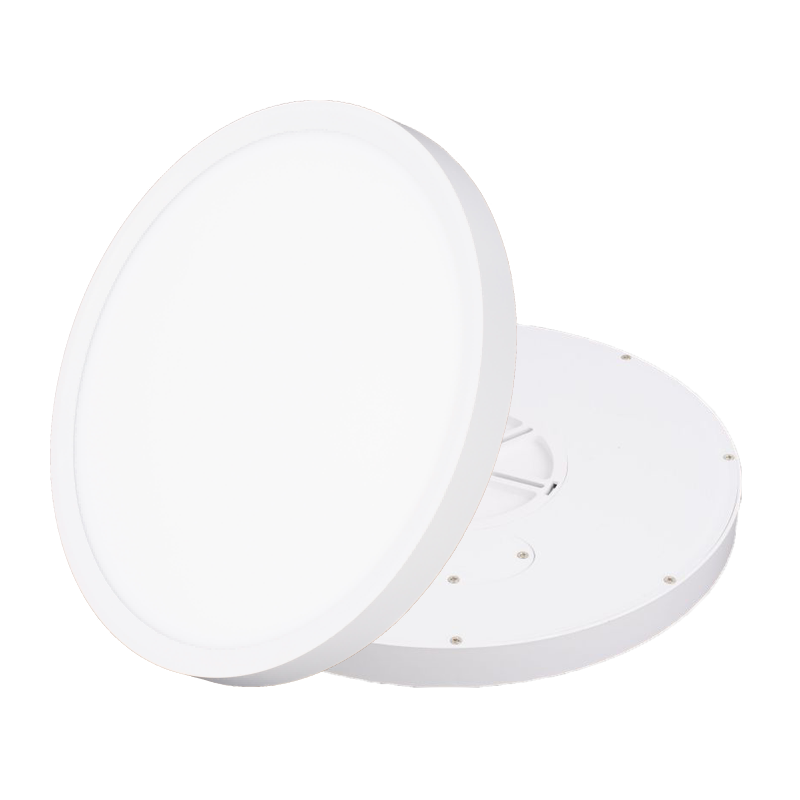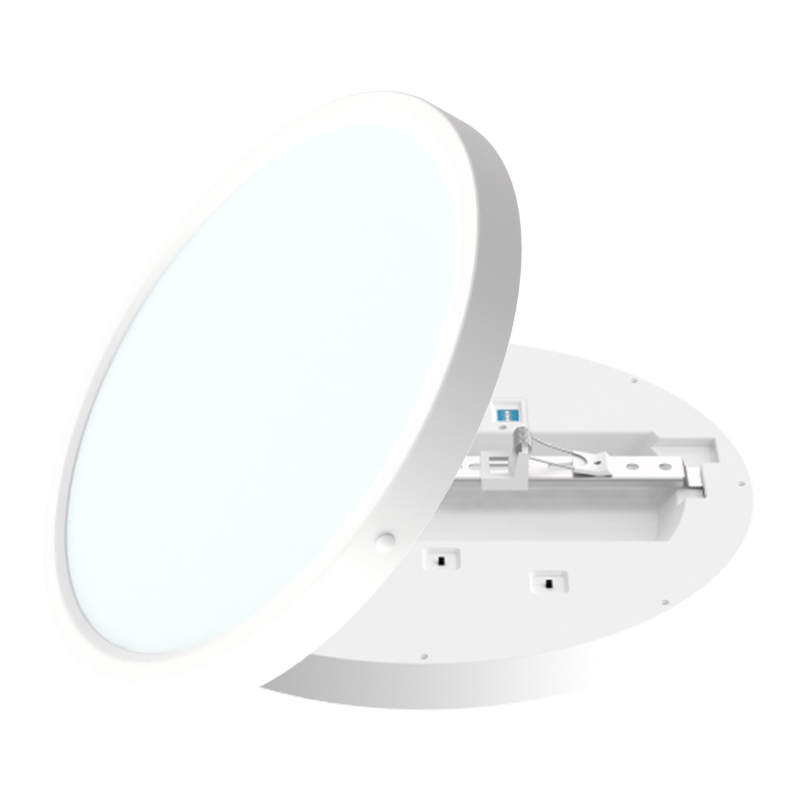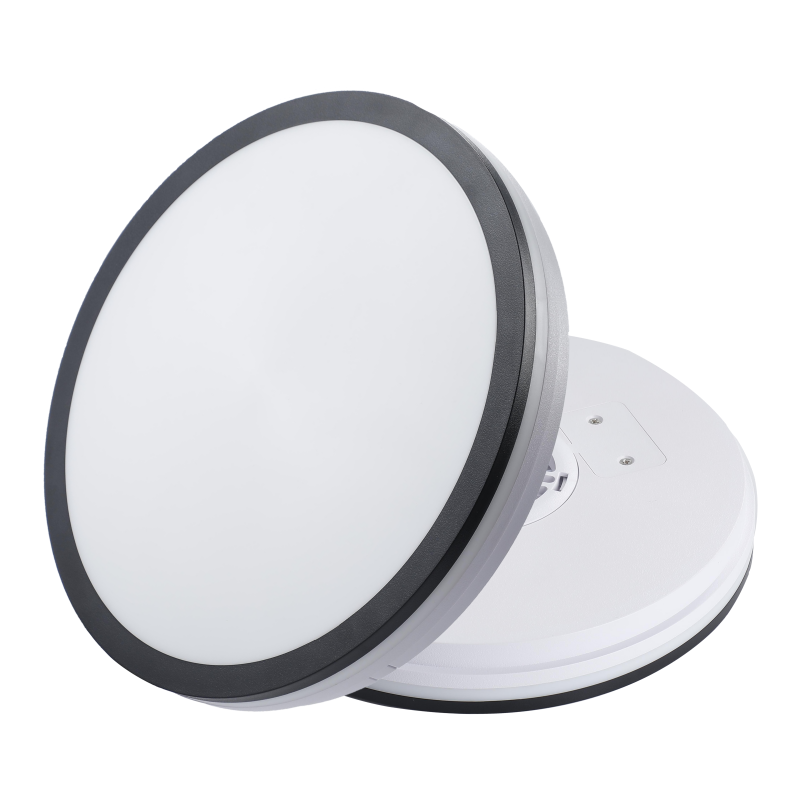From simple lighting tools to a crucial component of intelligent lighting systems, spotlights are undergoing an unprecedented technological transformation.
At a high-end home furnishing experience center in Shanghai, designer Li Jing demonstrated the latest intelligent spotlight system to a customer: "Using gesture control, you can adjust the light angle and color temperature, and even automatically adjust the lighting mode based on the time of day and the scene." The customer was amazed—this completely surpassed their traditional understanding of spotlights.
This is just one example of the innovations in spotlight technology. With the rapid advancement of optical technology, intelligent control, and materials science, spotlights are transforming from single-function lighting products into high-tech products that integrate intelligence, health, and environmental protection.
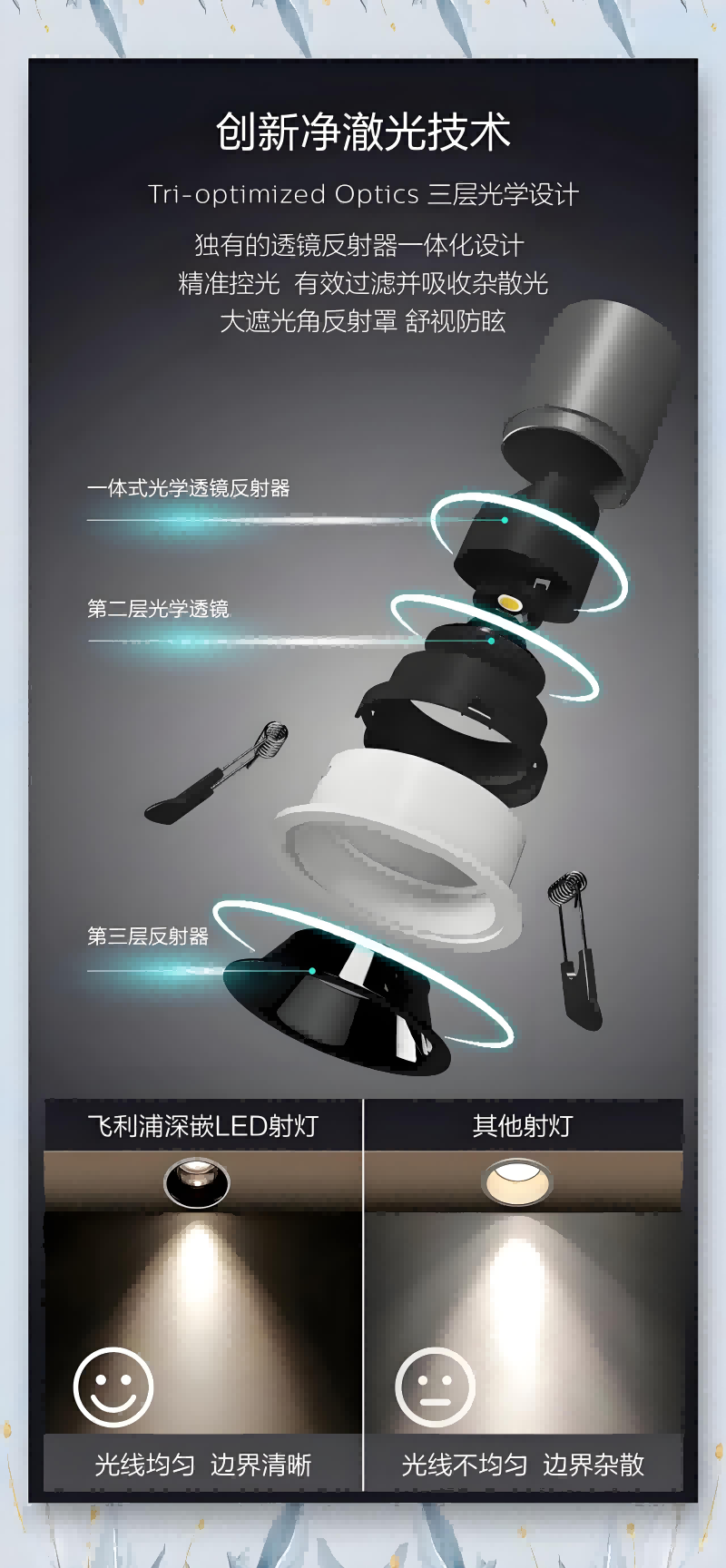
01 Optical Breakthroughs: Precision Lighting Takes a New Level
Innovation in optical systems is at the core of the development of spotlight technology. Traditional spotlights suffer from severe glare, uneven light spots, and blurred edges. The next generation of optical technology is completely resolving these pain points.
The application of microlens array technology (MLA) enables unprecedented precision in light spot control. German optical expert Martin Schultz explained, "Through an array of thousands of microlenses, we can precisely control the path of each light beam, achieving a near-ideal spot shape and gradient effect."
This technology enables spotlights to produce sharp, evenly transitioned light spots, meeting the lighting needs of demanding venues such as museums and galleries. Data shows that spotlights using MLA technology have improved spot uniformity by over 40% and reduced glare by 60%.
Secondary optical design has also made significant progress. Opple Lighting, a leading domestic company, has developed a "double free-form surface optical system" that precisely calculates light paths, achieving more efficient light energy utilization. Tests have shown that this technology improves spotlight efficacy by over 30% while minimizing glare.
"We are shifting from 'illuminating' to 'illuminating well,'" said an expert from the Institute of Optoelectronics, Chinese Academy of Sciences. "This new generation of optical technology not only improves lighting quality but also significantly reduces energy consumption, which aligns with the global trend of energy conservation and emission reduction."

02 Intelligent Control: Redefining the Relationship between Light and Environment
Intelligent control is another key area of innovation in spotlight technology. With the maturity of IoT and AI technologies, spotlights are evolving from independent entities to integral components of intelligent lighting systems.
The application of wireless communication technology in spotlights has achieved breakthroughs. The widespread commercialization of communication protocols such as Bluetooth Mesh, Zigbee, and LoRa has enabled a large number of spotlight nodes to form intelligent networks, enabling centralized control and collaborative operation. Huawei's latest smart lighting solution can support over 1,000 spotlight nodes on a single network, with latency controlled to milliseconds.
Adaptive dimming technology allows spotlights to automatically adjust to environmental changes. Xiaomi's AIoT smart spotlight series, with built-in light sensors and AI algorithms, monitors ambient light changes in real time and automatically adjusts brightness, maintaining optimal lighting while maximizing energy savings.
"Smart control not only brings convenience, but more importantly, creates a truly humanized lighting environment," said Zhang Xin, Director of the Center for Architectural Light Environment Research at Tsinghua University. "Future spotlights will be able to sense human presence, activity, and even emotions to provide the most optimal lighting experience."
Scenario-based lighting has become a key application direction for smart control. By presetting or learning user habits, smart spotlight systems can automatically create various lighting scenarios, such as meeting mode, cinema mode, and reading mode, to meet the lighting needs of different scenarios.
03 A Material Revolution: Improving Performance and Lifespan
Advances in materials science have provided the material foundation for innovation in spotlight technology. From heat dissipation to optical materials, the application of new materials is comprehensively improving the performance of spotlights.
Heat dissipation materials are directly related to the lifespan and light decay rate of spotlights. Traditional aluminum alloy heat sinks are being replaced by ceramic-based composites and graphene materials. Research shows that the thermal conductivity of graphene heat sinks is over five times that of aluminum alloys, which can reduce the junction temperature of LEDs by 15-20°C, significantly extending their lifespan.
A Shandong materials company has developed an aluminum nitride ceramic heat sink substrate with a thermal conductivity of 170-230 W/(m·K), far exceeding the 80-120 W/(m·K) of traditional aluminum substrates. "This means that spotlights of the same power can be made smaller and have a longer lifespan," said the company's technical director.
Optical materials have also achieved significant breakthroughs. The widespread use of silicone materials has increased the temperature resistance of lenses to over 150°C, eliminating the yellowing problem associated with traditional PMMA materials due to high temperatures. The introduction of nano-coating technology has given lenses anti-fouling, anti-static, and anti-fogging properties, reducing maintenance requirements.
Environmentally friendly materials have become a development priority. The EU's latest eco-design regulations for lighting products place higher requirements on material recyclability and the use of hazardous substances. This is driving companies to develop new environmentally friendly materials, such as bio-based plastics and lead-free solder, to meet regulatory requirements while reducing environmental impact.

04 Healthy Lighting, a People-Centered Lighting Environment
Healthy lighting is a key development direction for spotlight technology. Research has shown that inappropriate lighting can negatively impact circadian rhythms, mood, and health, and healthy lighting technology aims to address this issue.
Circadian lighting technology mimics the variations in natural light to support the body's normal circadian rhythms. Recent research has found that exposure to high color temperature and high illuminance during the day and low color temperature and low illuminance at night can help maintain a healthy sleep-wake cycle. Signify's rhythmic lighting spotlight series automatically adjusts color temperature and brightness to mimic the daily variations of natural light.
Blue light protection technology reduces potential health risks. The "blue light peak suppression" technology developed by Zhejiang University's School of Optoelectronics uses a special phosphor formulation and optical filtering to reduce harmful blue light content by over 40% while maintaining high color rendering. "This isn't just about reducing blue light intensity; it's about reshaping the entire spectral distribution," said the project leader.
Flicker-free technology ensures healthy vision. The combination of high-frequency drive technology and intelligent dimming algorithms reduces the flicker index of spotlights to a nearly imperceptible level. The latest international standards have raised flicker requirements to new heights, encouraging companies to develop completely flicker-free spotlights.
"Healthy lighting is not just a marketing concept; it's a technological direction with a solid scientific foundation," said Lin Yandan, Professor of the Department of Light Sources and Illumination Engineering at Fudan University. "In the future, spotlights will no longer be simple lighting tools, but light therapy devices that promote health."
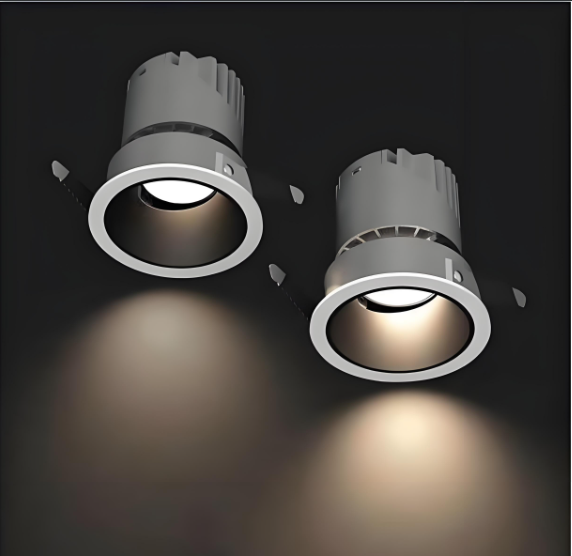
05 Energy Efficiency Improvement: The Development Direction of Green Lighting
Against the backdrop of global energy conservation and emission reduction, improving the energy efficiency of spotlights has become a key driver of technological innovation. From chips to drivers, every link is striving for higher energy conversion efficiency.
LED chip luminous efficacy continues to improve. The latest generation of LED chips from major chip manufacturers such as CREE and Lumileds has surpassed 220 lm/W, far exceeding traditional lighting products. Micro LED chips developed by San'an Optoelectronics have even achieved 300 lm/W in laboratory tests, laying the foundation for future energy-efficient spotlights.
Driver efficiency has reached new heights. Semiconductor companies such as Infineon and PI have released new-generation driver ICs with efficiencies exceeding 95% and standby power consumption below 0.1W. The intelligent driver solution developed by Huawei Digital Energy also incorporates power factor correction (PFC), achieving a power factor of 0.99 and reducing reactive power losses in the grid.
Intelligent dimming delivers system-level energy savings. Research has found that proper use of dimming can save 30-50% of energy. Foshan Lighting's "Adaptive Energy Saving" spotlight series automatically adjusts output based on occupancy and daylight levels, achieving a measured energy saving of 45%.
"Energy efficiency improvement is a never-ending pursuit," said Li Pengcheng, Vice President of the Resources and Environment Research Institute of the China National Institute of Standardization. "With the advancement of the dual carbon goals, energy efficiency standards for spotlights will continue to rise, driving technological innovation."
06 The Future of the Industry: Technological Innovation Drives Market Change
Spotlight technology innovation is reshaping the entire industry chain. From product design to manufacturing processes, from sales models to service methods, profound changes are taking place.
Smart manufacturing improves production efficiency and consistency. NVC Lighting's fully automated spotlight production line, which utilizes industrial robots and AI-powered visual inspection, has tripled production efficiency and significantly improved product consistency and reliability. "Smart manufacturing not only reduces costs but also enables large-scale production of complex optical designs," said the production line manager.
Personalized customization is becoming a new trend. Based on modular design and flexible manufacturing, companies can offer a wide range of customization options to meet the individual needs of different customers. Sunshine Lighting's "Designer Series" spotlights offer dozens of optical angles, color temperatures, and appearance options, allowing customers to freely combine them as needed.
Service-oriented transformation is expanding the boundaries of the industry. Companies are shifting from selling single products to providing comprehensive solutions. OPPLE Lighting provides commercial customers with a "Lighting as a Service" model, encompassing one-stop services including design, installation, maintenance, and energy management, generating sustainable returns through a share of energy savings.
"Future competition in the spotlight industry will no longer be a competition of products and prices, but rather a competition of technology ecosystems and business models," said Wang Zhuo, Secretary-General of the China Association of Lighting Appliances. "Companies need to build comprehensive capabilities encompassing hardware, software, and services."
Technological innovation is ushering this traditional product, the spotlight, into a new stage of development. From simply pursuing brightness to focusing on light quality, from standalone operation to intelligent connectivity, and from general lighting to personalized lighting environments, the connotation and scope of spotlights are rapidly expanding.
Conclusion:
Over the next decade, with the deep integration of technologies such as artificial intelligence, new materials, and advanced manufacturing, spotlights will continue to usher in revolutionary innovations, creating a more comfortable, healthy, and intelligent lighting environment for humanity. In this technological revolution, Chinese companies are transitioning from followers to leaders, potentially reshaping the global lighting industry landscape.
